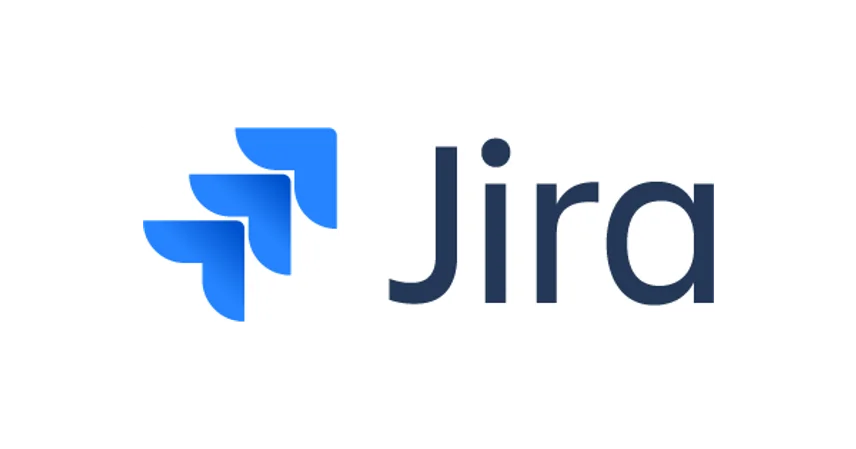Jira review: Pricing , pros and cons
In today’s Jira review, we’re taking a closer look at one of the leading project management tools available.

Our Verdict
Our Verdict
Jira, developed by Atlassian—also known for Trello, a widely-used task management tool—is a project management platform specifically tailored for agile software development teams. Initially launched as a bug-tracking tool, Jira has since expanded into a comprehensive suite with a range of features. In addition to offering standard project management functionalities such as boards, timeline views, and reporting tools found in other competitive solutions, Jira includes some unique and advanced features. These extras make it a robust choice for teams looking to streamline their workflows and enhance their project tracking capabilities.
 Pros
Pros
- Powerful reporting
- Integration capabilities
- Comprehensive agile support
- Strong community and support
 Cons
Cons
- Overwhelming customization
- Limited out-of-the-box features

Customizable workflows
YesIntegration with other tools
YesAdvanced reporting and dashboards
Jira offers robust reporting tools and customizable dashboardsThe key features
Projects and planning
In Jira, projects represent a collection of tasks that need to be managed to achieve specific goals. The platform offers a highly configurable environment that can be tailored to fit any team's working style. Within each project, users can track issues, bugs, team members, and workflows using dynamic visualizations. Jira provides a variety of templates to help get started. Projects in Jira can be categorized into different types, such as team-managed or company-managed projects. Both options offer excellent configuration features and an intuitive interface. Additionally, Jira's subscription packages include access to "Plans," which pull data from projects, boards, and other Jira components to create a customizable planning interface. These plans function as a sandbox for organizing and experimenting within Jira.
Bug & issue tracking
Jira distinguishes itself from other project management tools, like Monday.com, through its emphasis on software development. It allows users to track potential issues within their software projects, tagging them with varying priority levels.
Jira simplifies the process of categorizing issues into distinct segments based on the required work. Users can also create "sub-tasks" for each issue and monitor their development status in real-time.
Workflows and automation
Our review of Jira highlighted its robust workflow management and automation features. Users can design detailed workflows for team members using an intuitive drag-and-drop editor, making it easy to outline every stage of a project, from inception to approval.
Jira also enables the creation of comprehensive roadmap visualizations that provide stakeholders with a clear overview of a project’s timelines, goals, and priorities. Additionally, tasks can be automated using a no-code rule builder, which streamlines processes and saves time.
Setting triggers and conditions for automated workflows is straightforward, with extensive controls, branching options, and customization available.
Like other top project management tools, Jira allows you to gather data from your projects through various customizable reports. These include agile reports, DevOps reports, issue analysis reports, and forecasts. Additionally, you can create real-time dashboards that aggregate data displays for an at-a-glance view of important metrics.
These dashboards, similar to reports, can be tailored to show the data most relevant to you. Alongside these features, Jira offers "Insights," which are pre-configured reports designed to help you make informed decisions about sprints, backlogs, common issues, and overall project progress.
Integrations
A major advantage of Jira is its compatibility with a wide range of other tools. With over 3,000 available "Jira software apps" through the Atlassian marketplace, you can enhance Jira’s functionality with additional features. It integrates smoothly with various collaboration, UCaaS, and other tools, including Google Workspace, Microsoft Teams, and Zoom. You can even connect your CRM technology to Jira to gain insights into customer interactions and their journey with your software.
Atlassian intelligence
One of the most exciting new features in Jira is "Atlassian Intelligence," available in some project management plans. This AI-powered tool, developed by Atlassian using OpenAI technology, offers a range of capabilities, including content generation, summarization, and workflow simplification. It helps with automation, searching for answers, automating support, and even code reviews, streamlining various aspects of project management.
Ease of use and customization
As mentioned in our Jira review, while the platform may seem complex if you're not familiar with agile workflows or developer technologies, getting started is still relatively straightforward. Upon creating a workspace, Jira collects information about you and your team to help tailor the software to your specific needs.
You can also easily integrate Jira with other applications you use during the setup, such as Google Sheets and Slack. To streamline the process, we recommend utilizing the provided templates rather than starting from scratch, as beginning with a blank slate can be overwhelming for new users.
While it may take some time to acclimate to Jira’s project management experience, once you become familiar with its features, navigating the interface should become more intuitive. The platform's layout facilitates quick access to different sections, and the built-in tutorials are helpful for understanding various features.
However, a notable drawback is that Jira's documentation often uses a lot of industry jargon and buzzwords. Terms like “tasks” are labeled as “issues,” which can add to the confusion for new users.














































